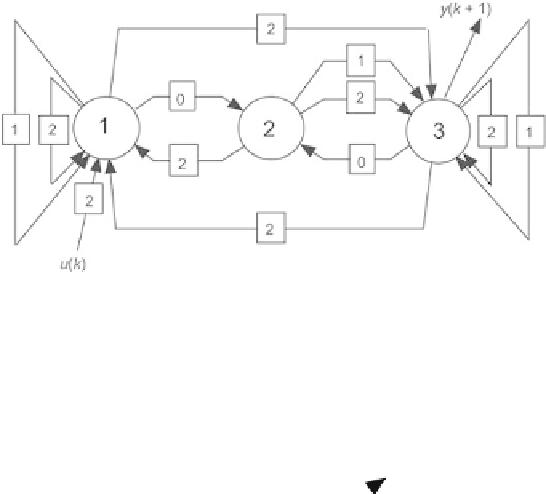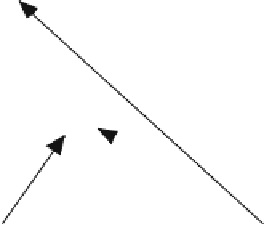Information Technology Reference
In-Depth Information
Fig. 2.49.
Example of network graph
y
(
k
+1)
z
2
(
k
+1)
=
x
1
(
k
)
z
1
(
k
+1)
=
x
1
(
k
+1)
z
3
(
k
+1)
=
x
3
(
k
+1)
z
4
(
k
+1)
=
x
3
(
k
)
1
3
x
2
(
k
-1
)
x
2
(
k
)
2
2
q
-1
q
-1
k
k
k
-1
k
-1
k
-1
z
2
(
k
)
=
x
1
(
k
-1)
u
(
k
-1)
z
1
(
k
)
=
x
1
(
k
)
z
3
(
k
)
=
x
3
(
k
)
z
4
(
k
)
=
x
3
(
k
-1)
Fig. 2.50.
The canonical form of the network of Fig. 2.49
The network shown on Fig. 2.50 is fully equivalent to the network shown
on Fig. 2.49: it is simply re-written in a very convenient way, which makes the
structure of the network more legible, and, even more importantly, that allows
the training of the network with the conventional, generic training algorithms.
Algorithmic details for deriving the canonical form automatically can be
found in [Dreyfus et al. 1998].


























Search WWH ::

Custom Search